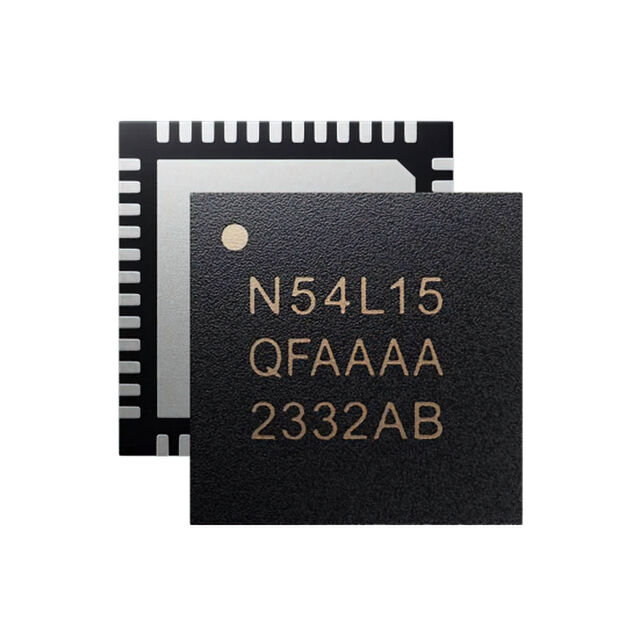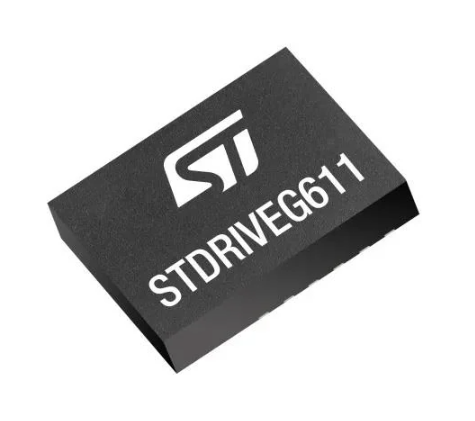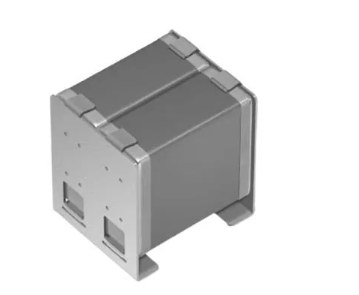Discovery of intercrystals with unique properties
Rutgers University-New Brunswick researchers have uncovered a new class of materials, intercrystals, with unqiue electronic properties that have the potential to power future technologies.
Intercrystals exhibit newly discovered forms of electronic properties that could be essential for advancements in more efficient electronic components, quantum computing, and environmentally friendly materials.
As detailed in a report published in Nature Materials, the scientists stacked two ultra-thin layers of graphene, each layer one-atom-thick sheet of carbon atoms arranged in a hexagonal grid. They then twisted them atop a layer of hexagonal boron nitride, a hexagonal crystal made up of boron and nitrogen. A subtle misalignment between the layers formed moiré patterns – patterns similar to those seen when two fine mesh screens are overlaid – and significantly altered how electrons moved through the material.
“Our discovery opens a new path for material design,” said Eva Andrei, Board of Governors Professor in the Department of Physics and Astronomy in the Rutgers School of Arts and Sciences and lead author of the study. “Intercrystals give us a new handle to control electronic behaviour using geometry alone, without having to change the material’s chemical composition."
By understanding and controlling the properties of electrons in the intercrystals, scientists could use them to develop technologies such as more efficient transistors and sensors that previously required a more complex combination of materials and processing.
“You can imagine designing an entire electronic circuit where every function – switching, sensing, signal propagation – is controlled by tuning geometry at the atomic level,” said Jedediah Pixley, an associate professor of physics and a co-author of the study. “Intercrystals could be the building blocks of such future technologies.”
The discovery depends on a rising technique in modern physics known as ‘twistronics’, where layers of materials are contorted at specific angles to create moiré patterns. These configurations alter the behaviour of electrons within the substance and leads to properties that aren’t found in regular crystals.
This idea was first shown by Andrei and her team in 2009, when they demonstrated that moiré patterns in twisted graphene dramatically reshape its electronic structure, establishing the field of twistronics.
Electrons are tiny particles that move around in materials. They are responsible for conducting electricity. In conventional crystals, which possess a repeating pattern of atoms forming a perfectly arranged grid, the way electrons move is well understood. If a crystal is rotated or shifted by certain angles or distances, it looks the same because of an intrinsic characteristic called symmetry.
The researchers found the electronic properties of intercrystals can vary significantly with small changes in their structure. Subsequently, this variability can lead to new and unusual behaviours like superconductivity and magnetism, which aren’t typically found in regular crystals. Superconducting materials offer the promise of continuously flowing electrical current because they conduct electricity with no resistance.
Intercrystals could be part of the circuitry for low loss electronics and atomic sensors that could play a role in the making of quantum computers and power new forms of consumer technologies. They also offer the possibility of functioning as the basis of more environmentally friendly electronic technologies.
“Because these structures can be made out of abundant, non-toxic elements such as carbon, boron and nitrogen, rather than rare earth elements, they also offer a more sustainable and scalable pathway for future technologies,” explained Andrei.
Intercrystals aren’t just distinct from regular crystals, but are different from quasicrystals, a special kind found in 1982 with an ordered structure but without the repeating pattern found in regular crystals.
Researchers named their discovery ‘intercrystals’ because they are a mix between crystals and quasicrystals: they share the non-repeating patterns of quasicrystals but have symmetries in common with regular crystals.
“The discovery of quasicrystals in the 1980s challenged the old rules about atomic order,” said Andrei. “With intercrystals, we go a step further, showing that materials can be engineered to access new phases of matter by exploiting geometric frustration at the smallest scale.”
The researchers are optimistic about future applications of intercrystals, and the possibilities for exploring and manipulating the properties of materials at the atomic level.
As Pixely put it: “This is just the beginning. We are excited to see where this discovery will lead us and how it will impact technology and science in the years to come.”
Other Rutgers researchers who contributed to the study included research associates Xinyuan Lai, Guohong Li and Angela Coe of the Department of Physics and Astronomy. Scientists from the National Institute for Materials Science in Japan also contributed to the study.














